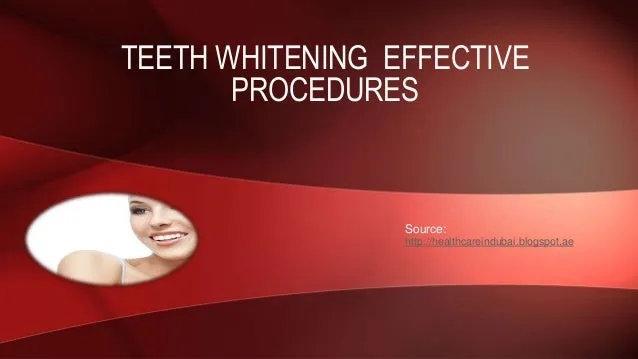What is Teeth Whitening
Teeth whitening is a cosmetic dental procedure designed to lighten the shade of your teeth, enhancing your smile’s aesthetics. It involves removing stains and discoloration caused by various factors like aging, diet, and lifestyle choices. The process typically uses bleaching agents, such as hydrogen peroxide or carbamide peroxide, to break down the stain molecules within the enamel. There are several methods available, from over-the-counter products to professional treatments, each offering varying degrees of effectiveness and convenience. Understanding the basics of teeth whitening is the first step towards achieving a brighter, more confident smile. The methods vary widely, and the effectiveness can depend on the original color of your teeth and the type of stains you have.
Why Should I Whiten My Teeth
Many people opt for teeth whitening to boost their self-esteem and improve their overall appearance. A bright, white smile is often associated with youthfulness, health, and attractiveness, leading to increased confidence in social and professional settings. Discolored teeth can make you appear older or less healthy, while a vibrant smile can have a positive impact on your interactions with others. Beyond the cosmetic benefits, teeth whitening can also motivate you to maintain better oral hygiene habits, such as brushing and flossing regularly. This commitment to oral health ultimately contributes to a healthier mouth and a more radiant smile. A whiter smile can make you feel more comfortable in photos, and boost your social life.
Benefits of Teeth Whitening

The advantages of teeth whitening extend beyond just aesthetics. The primary benefit is, of course, a brighter, more attractive smile, which can significantly improve your self-esteem. Whiter teeth often lead to a more youthful appearance, making you feel more confident in your daily life. In addition to this, teeth whitening can be a catalyst for better oral hygiene practices. Seeing the results of the treatment can motivate you to take better care of your teeth, leading to improved oral health in the long run. Some studies suggest that a bright smile can also boost your social and professional opportunities by making you appear more approachable and confident. A beautiful smile opens many doors.
Teeth Whitening Methods
There are several teeth whitening methods available, each with its own set of pros and cons. The best method for you will depend on factors such as the severity of your stains, your budget, and your personal preferences. Options range from over-the-counter products like whitening toothpastes and strips to professional treatments offered by dentists. Understanding the different methods and their associated costs and results is crucial for making an informed decision. The choice will significantly impact the effectiveness and convenience of the treatment, as well as your long-term oral health. Let’s delve deeper into the various options available, examining their advantages and disadvantages, so you can choose the best method for your needs.
Teeth Whitening Toothpastes
Whitening toothpastes are the most accessible and affordable option for teeth whitening. They contain mild abrasives and chemical agents that help remove surface stains, such as those caused by coffee, tea, and tobacco. While they are effective at cleaning and polishing your teeth, they generally do not change the intrinsic color of your teeth. This means that while they can remove surface stains, they may not be able to lighten your teeth significantly. The key benefit of whitening toothpastes is their ease of use and affordability. However, they may not be suitable for everyone, especially those with sensitive teeth. The results may vary depending on the extent of staining and the specific product used.
How to use whitening toothpaste
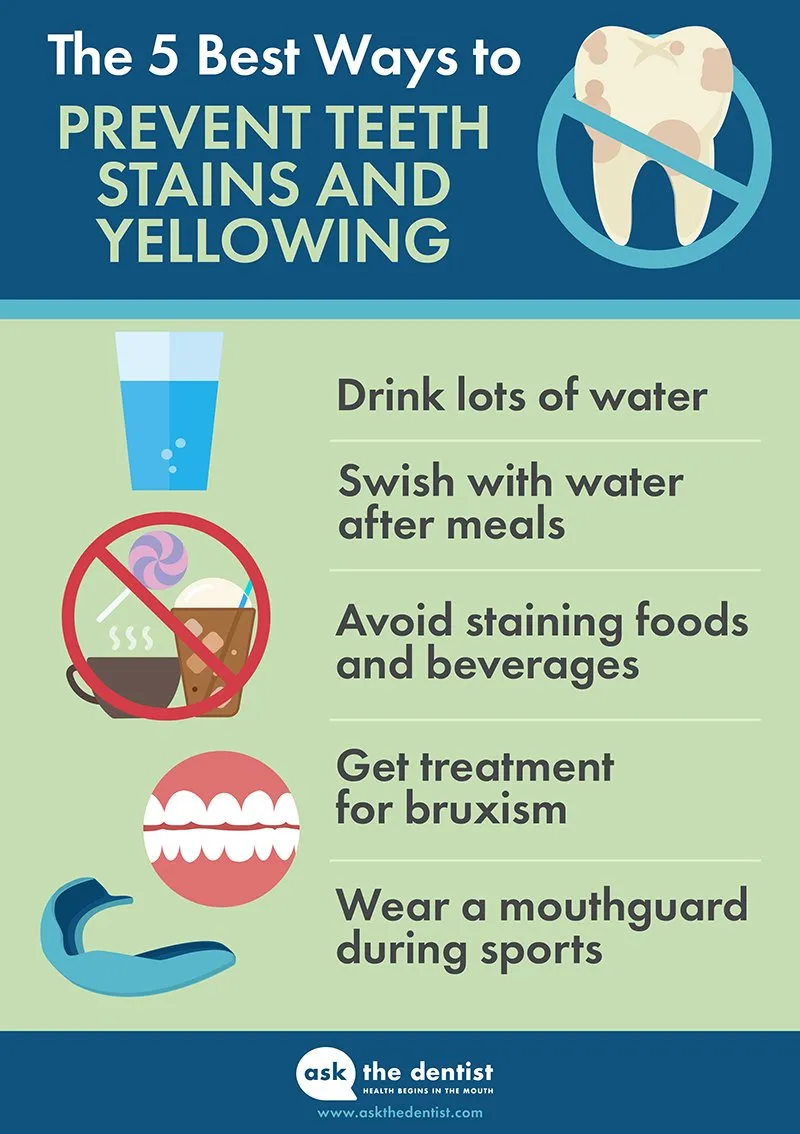
Using whitening toothpaste is straightforward. Simply brush your teeth twice a day, in the morning and before bed, for two minutes each time. Ensure you cover all surfaces of your teeth thoroughly. For optimal results, combine your brushing with regular flossing and rinsing with mouthwash to remove plaque and debris. Be consistent with your routine. You should begin to see improvements within a few weeks of regular use. Avoid swallowing the toothpaste. If you experience any sensitivity or irritation, discontinue use and consult your dentist. Always follow the instructions on the toothpaste package to get the best outcomes and prevent possible side effects. A consistent routine will definitely help.
Whitening Strips
Whitening strips are a popular over-the-counter method. These thin, flexible strips are coated with a peroxide-based whitening agent and are applied directly to your teeth. They are relatively easy to use and offer noticeable results within a few weeks. Whitening strips are generally more effective than whitening toothpastes because the peroxide penetrates the enamel to lighten the teeth. The results vary depending on the concentration of peroxide and the duration of treatment. It is essential to follow the product instructions carefully to prevent any potential side effects, such as gum irritation or tooth sensitivity. Always be careful while using these strips.
How to apply whitening strips
Applying whitening strips is simple. First, brush your teeth gently to remove any food particles or debris. Peel the strips from their packaging and apply them to your upper and lower teeth, ensuring they cover the front surfaces. Press the strips firmly against your teeth to ensure they stick well. Follow the product’s instructions for the recommended duration of application, which can range from 30 minutes to an hour. After the time is up, remove the strips and discard them. Rinse your mouth with water to remove any remaining gel. Avoid eating, drinking, or smoking for at least 30 minutes after applying the strips to maximize their effectiveness. Always store your strips properly in a cool and dry place, away from heat or direct sunlight. Regularity is key.
Professional Teeth Whitening
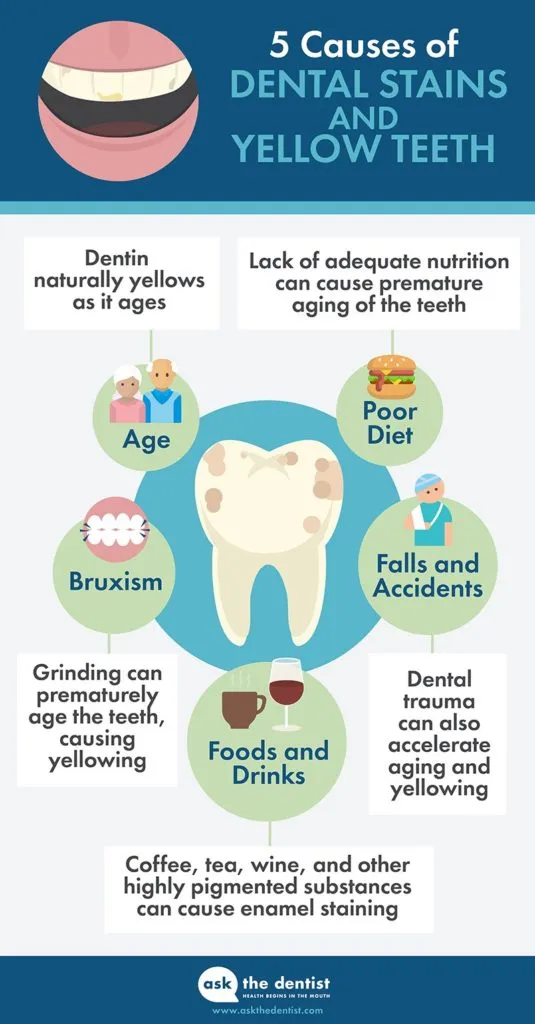
Professional teeth whitening performed by a dentist is the most effective method for achieving dramatic results. Dentists use higher concentrations of bleaching agents than those available over-the-counter, leading to faster and more significant whitening. The treatment is typically performed in the dentist’s office. It involves applying a professional-strength whitening gel to your teeth and using a special light or laser to accelerate the bleaching process. Professional whitening is also more customized to your specific needs and can address various types of stains and discolorations. While this option is more expensive than other methods, it offers the most predictable and impressive results. Talk to your dentist if you are interested in professional teeth whitening.
In-office whitening
In-office whitening is a highly effective and convenient option for those seeking immediate results. The procedure is usually completed in a single visit to your dentist. During the treatment, your dentist will first protect your gums with a special barrier. Then, they will apply a high-concentration whitening gel to your teeth. A special light or laser is often used to activate the bleaching agent and speed up the process. The procedure typically takes about an hour. After the treatment, your teeth can be several shades whiter. This method offers the most dramatic results. You will see a significant change in your smile. Maintenance and aftercare instructions will be provided by your dentist.
At-home whitening kits
At-home whitening kits offer a convenient way to whiten your teeth from the comfort of your home. These kits typically include custom-fitted trays that are designed to fit your teeth precisely. Your dentist will provide the trays and instructions on how to use them. The trays are filled with a lower-concentration whitening gel and worn for a specific period each day. At-home kits generally take longer to produce results compared to in-office treatments. However, they are more affordable and offer a good alternative for those who prefer to whiten their teeth gradually. Consistency is key to achieving the desired results. Regular follow-up appointments with your dentist are important to monitor your progress and address any concerns.
Important tips to keep your teeth white
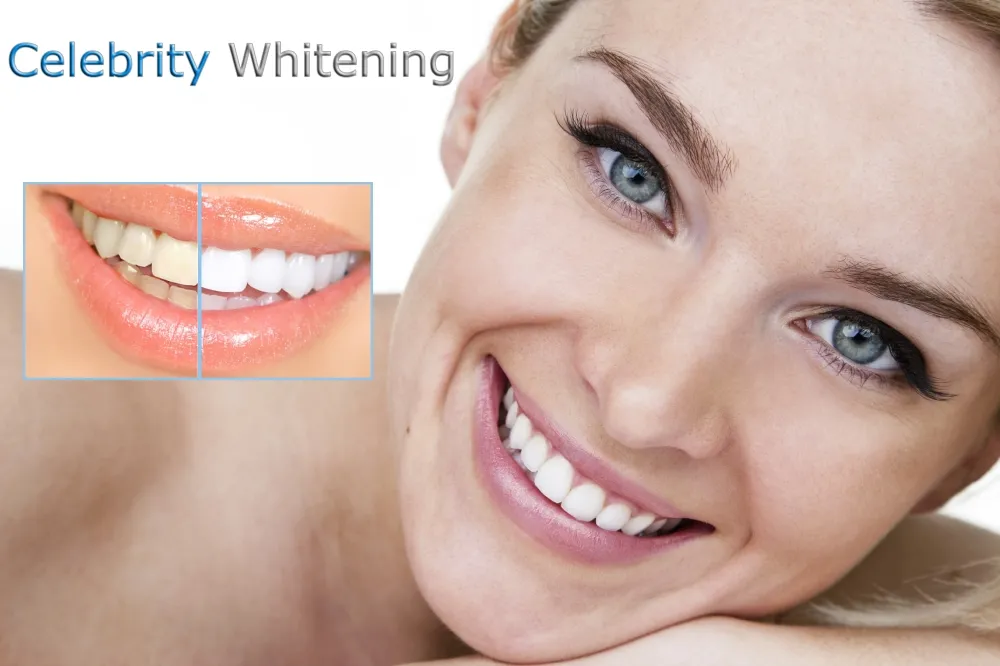
Maintaining a bright, white smile requires ongoing care and attention. Once you have achieved your desired results through teeth whitening, it’s important to take steps to prevent future staining and discoloration. This involves adopting good oral hygiene habits and making conscious choices about your diet and lifestyle. By following these simple tips, you can extend the life of your whitening treatment and keep your smile looking its best. Consistent care and awareness are crucial in preserving the results of your whitening treatment. Small changes in your daily routine can make a big difference in the long run. Your smile will thank you for the effort.
Maintain good oral hygiene
Practicing good oral hygiene is essential for maintaining a white smile and overall oral health. Brush your teeth twice a day for two minutes each time, using a soft-bristled toothbrush. This removes plaque and food particles that can lead to staining. Floss daily to remove debris and plaque from between your teeth, where brushing can’t reach. Consider using an antibacterial mouthwash to further reduce plaque and freshen your breath. Schedule regular dental check-ups and cleanings every six months to catch any problems early and to have your teeth professionally cleaned. Consistent oral hygiene is the foundation of a healthy and bright smile. These actions will prevent any kind of oral disease.
Limit staining foods and drinks
Certain foods and drinks are known to stain teeth and should be consumed in moderation to maintain a bright smile. Coffee, tea, and red wine are notorious for their staining properties. Limit your intake or use a straw to minimize their contact with your teeth. Dark-colored sodas and fruit juices can also cause staining. Additionally, be cautious of highly pigmented foods like berries, curries, and soy sauce. If you consume these items, rinse your mouth with water immediately afterward to help prevent staining. A balanced diet and mindful consumption habits are key to preserving your white teeth. Always be cautious.
Regular dental check-ups
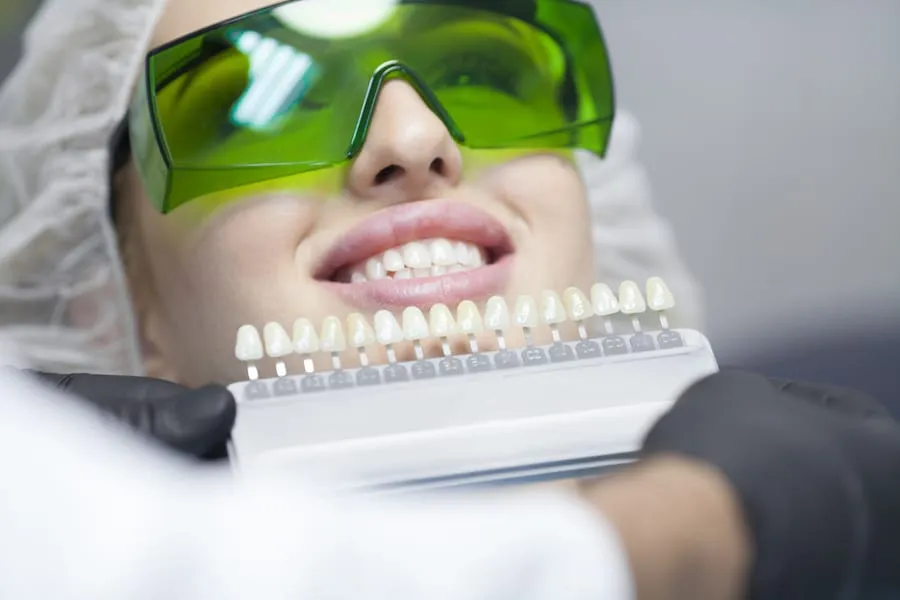
Regular dental check-ups and professional cleanings are crucial for maintaining a healthy and bright smile. During these visits, your dentist can remove plaque and tartar build-up that can cause staining and discoloration. They can also identify and address any underlying oral health issues, such as cavities or gum disease, that can affect the appearance of your teeth. Professional cleanings often include polishing, which can help remove surface stains and brighten your teeth. Your dentist can also provide personalized advice on how to care for your teeth and maintain your whitening results. Make these appointments every six months to ensure your oral health. These check-ups will prevent any kind of oral disease.
Potential Risks and Side Effects of Teeth Whitening
While teeth whitening is generally safe, it’s important to be aware of potential risks and side effects. The most common side effects are temporary and mild. However, it’s crucial to understand the potential risks to make an informed decision. If you experience any adverse reactions, consult your dentist immediately. Understanding and addressing these side effects ensures a positive and safe teeth-whitening experience. The potential risks are manageable when appropriate precautions are taken. Knowledge is power.
Sensitivity
Tooth sensitivity is a common side effect of teeth whitening, especially during the treatment. The bleaching agents can penetrate the enamel and reach the dentin, causing temporary sensitivity to hot or cold temperatures. This sensitivity usually subsides within a few days after the treatment is completed. Using toothpaste designed for sensitive teeth can help alleviate the discomfort. Avoid overly hot or cold foods and drinks during this period. If the sensitivity persists or becomes severe, consult your dentist. You might consider stopping the treatment. You must consult your dentist before starting.
Gum irritation
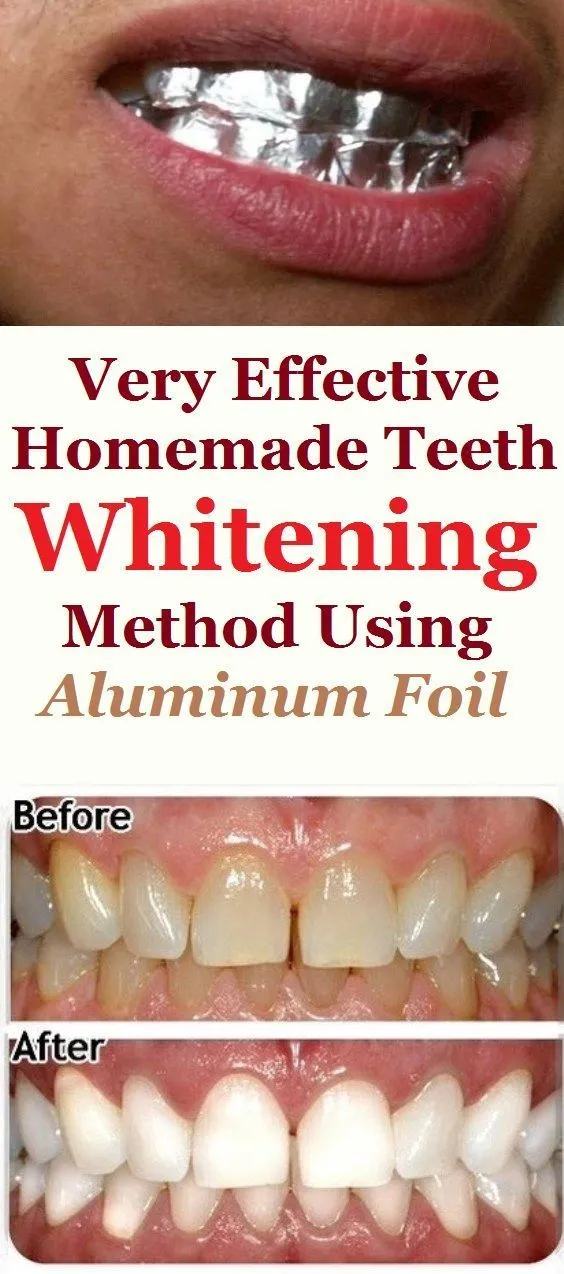
Gum irritation is another potential side effect, especially with over-the-counter whitening products. The bleaching agents can irritate the soft tissues of the gums if they come into direct contact. This can manifest as redness, swelling, or soreness. To minimize gum irritation, be precise when applying whitening strips or using trays, ensuring that the gel does not overflow onto your gums. If irritation occurs, stop the treatment and consult your dentist. They may recommend using a desensitizing toothpaste or adjusting the treatment. Maintaining proper technique and following instructions will reduce the risk of gum irritation. Always take precautions.
Conclusion
Teeth whitening can be a transformative procedure, offering a brighter, more confident smile. Whether you choose over-the-counter methods or professional treatments, understanding the different options, benefits, and potential risks is crucial. By following the guidelines and tips provided, you can achieve a dazzling smile and maintain it for years to come. Remember to consult your dentist for personalized advice and to address any concerns. Embrace the journey to a brighter smile, and enjoy the positive impact it has on your life. A beautiful smile is a valuable asset.
